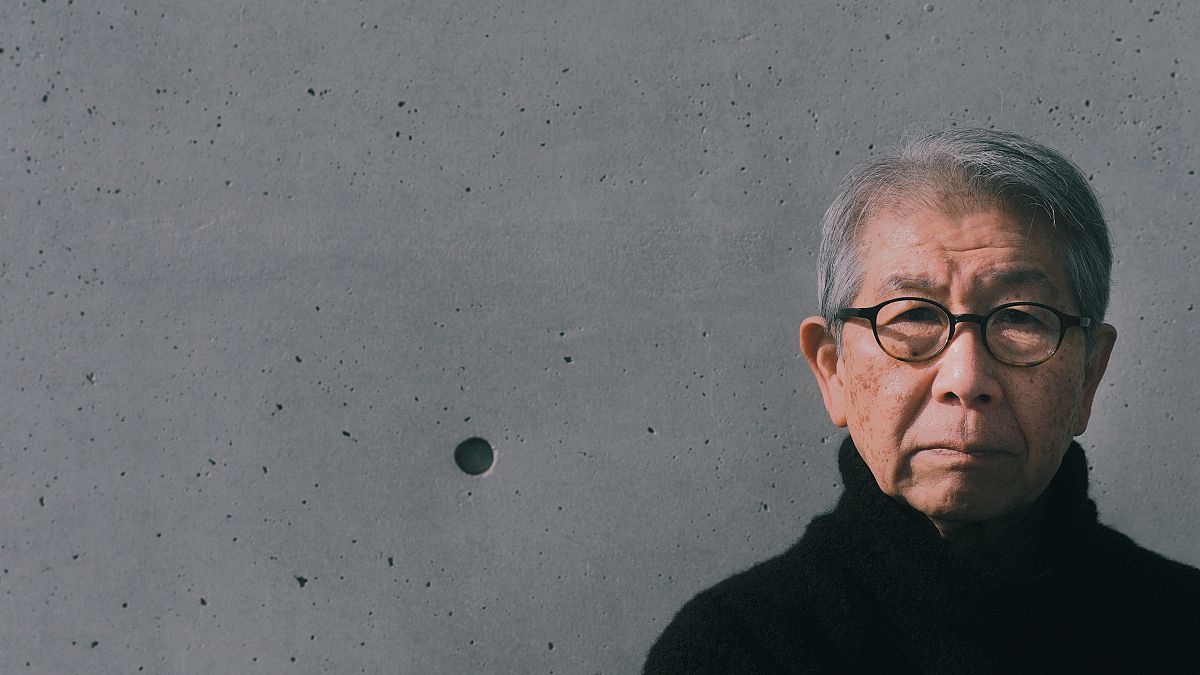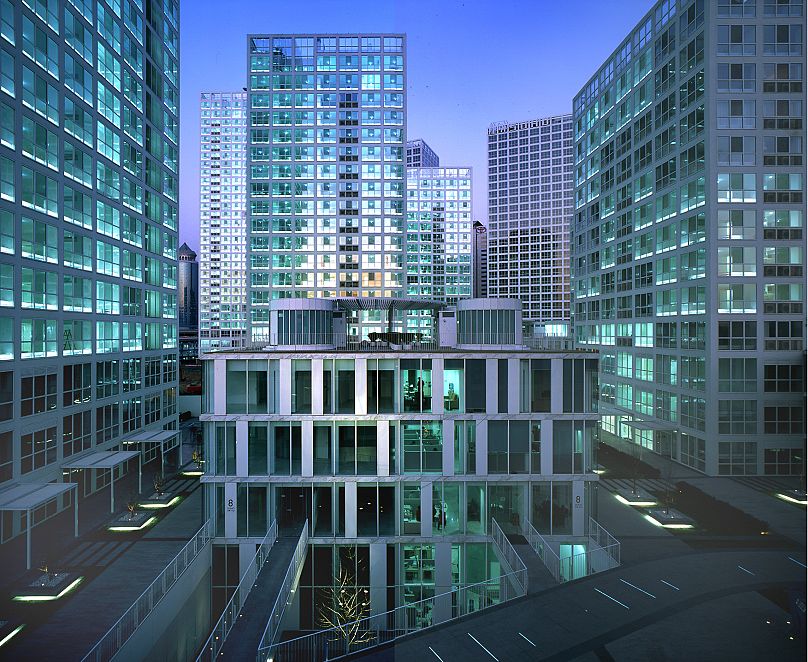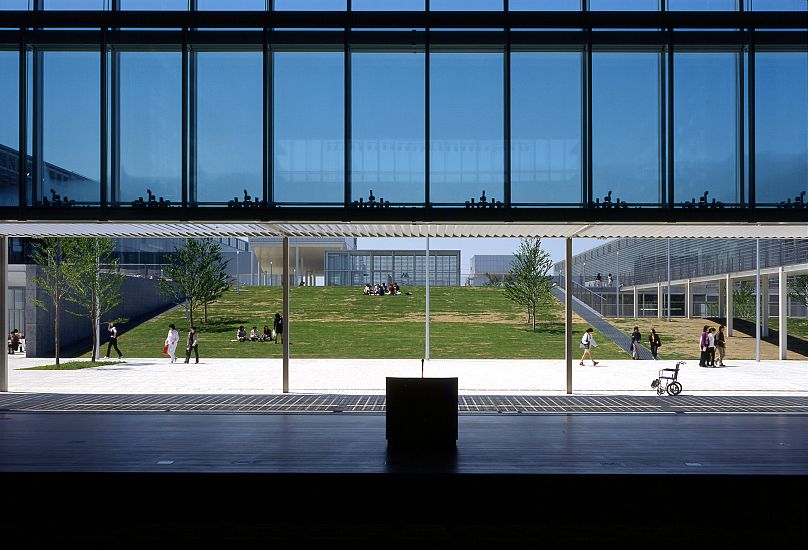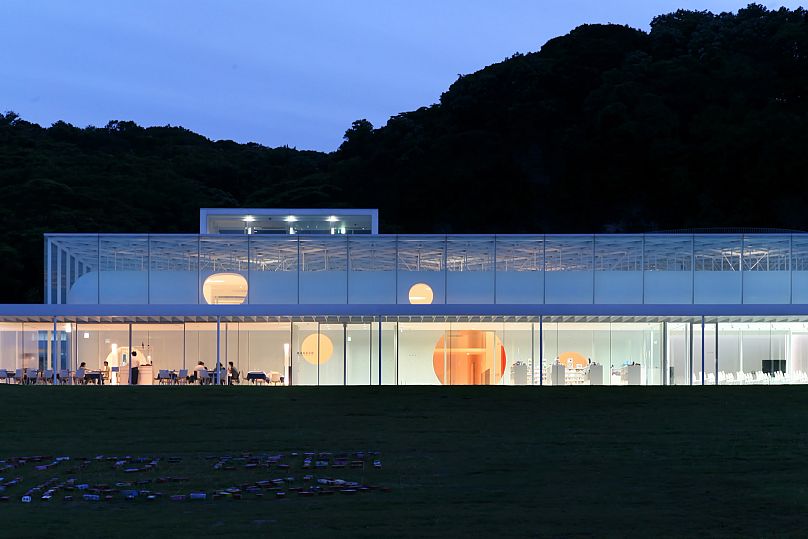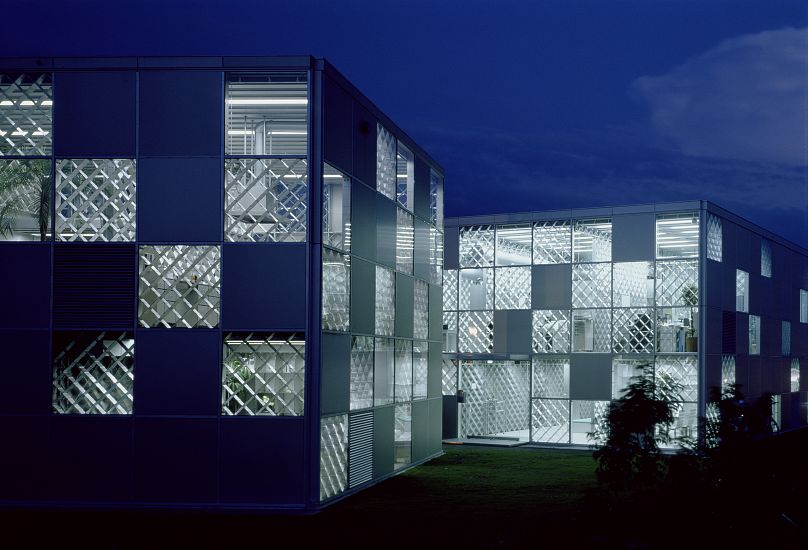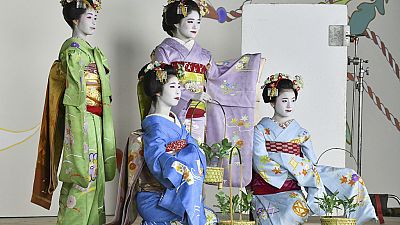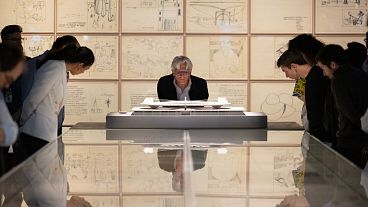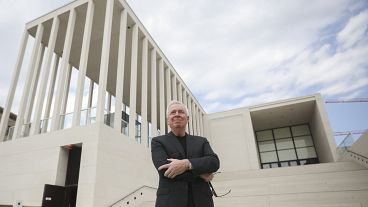Japanese architect Riken Yamamoto has been awarded the Pritzker Prize, the industry's highest honour. His work centres on community and the intersection of public and private space.
Japanese architect Riken Yamamoto has been named the 2024 Laureate of the Pritzker Architecture Prize, an award that is globally seen as architecture’s highest honour.
78-year-old Yamamoto is known for his social advocacy and his built works marrying public and private space, which often make a point of bringing together diverse groups in urban environments.
“For me, to recognise space is to recognise an entire community,” Yamamoto said. “We can still honour the freedom of each individual while living together in architecture space as a republic, fostering harmony across cultures and phases of life.”
Community service
Yamamoto defines community as a “sense of sharing one space,” deconstructing traditional notions of freedom and privacy and rejecting contemporary ideals that have reduced housing to a commodity and alienated people from their neighbours.
His career spans five decades and four countries, with a huge variety of projects ranging from private residences to public housing, elementary schools to university buildings, institutions to civic spaces, and city planning.
“Yamamoto develops a new architectural language that doesn’t merely create spaces for families to live, but creates communities for families to live together,” said Tom Pritzker, Chair of the Hyatt Foundation, which sponsors the award. “His works are always connected to society, cultivating a generosity in spirit and honouring the human moment.”
Some of his most celebrated works include Nagoya Zokei University (Nagoya, Japan, 2022), THE CIRCLE at Zürich Airport (Zürich, Switzerland, 2020), Tianjin Library (Tianjin, China, 2012), Jian Wai SOHO (Beijing, China, 2004), Ecoms House (Tosu, Japan, 2004).
Transparency has been a running theme in Yamamoto’s work, used as a unifying tool so that those inside can experience their surroundings while those walking by can feel a sense of belonging.
Saitama Prefectural University (Koshigaya, Japan, 1999) was conceived as a collection of nine buildings connected by terraces that become walkways. The transparent volumes allow views from one classroom to the other, but also from one building to the next, encouraging interdisciplinary learning.
The Yokosuka Museum of Art (Yokosuka, Japan, 2006) was designed with user experience in mind, as both a destination for travellers and a daily reprieve for locals.
“One of the things we need most in the future of cities is to create conditions through architecture that multiply the opportunities for people to come together and interact,” said Alejandro Aravena, Jury Chair and 2016 Pritzker Prize Laureate.
“By carefully blurring the boundary between public and private, Yamamoto contributes positively beyond the brief to enable community. He is a reassuring architect who brings dignity to everyday life. Normality becomes extraordinary. Calmness leads to splendour.”
Born in Beijing in 1945, Yamamoto moved to Yokohama, Japan shortly after the end of World War II. As a child, he lived with his family in a home that was modelled after a traditional Japanese machiya, with his mother’s pharmacy in the front and their living quarters at the back.
This informed his vision of architecture as the intersection between public and private space.
“The threshold on one side was for family, and on the other side for community,” he said. “I sat in between.”
Yamamoto studied architecture at Nihon University and Tokyo University of the Arts. He founded his practice, Riken Yamamoto & Field Shop in 1973.
He is the 53rd Laureate of the Pritzker Architecture Prize and the ninth to hail from Japan. He will be honoured this spring at a ceremony in Chicago, Illinois in the United States.
